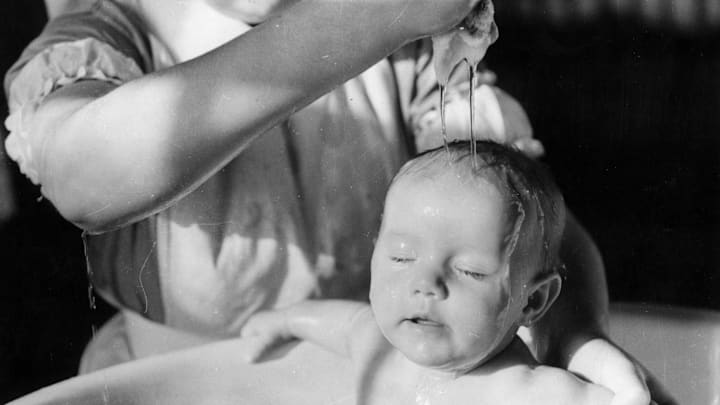Baby’s First Bath: A Step-by-Step Guide

Giving your baby their first bath is a special milestone that can be both exciting and nerve-wracking for new parents. With a little preparation and the right approach, you can make your baby’s first bath a safe and enjoyable experience. Understanding the steps and tips for bathing your newborn can help you navigate this important moment with confidence.
Before you start, gather all the necessary supplies to ensure everything is within reach. You will need a baby bathtub or a clean sink, mild baby soap and shampoo, a soft washcloth or sponge, a cup or small container for rinsing, a soft towel, and clean clothes and a fresh diaper. Having all the supplies ready beforehand can help the bathing process go smoothly and reduce stress.
Fill the baby bathtub or sink with a few inches of warm water. The water should be comfortably warm, around 100°F (37.8°C). Use your elbow or wrist to test the temperature, as these areas are more sensitive to heat. Ensure the room is warm to prevent your baby from getting cold during and after the bath. Preparing the bath area and checking the water temperature can ensure a safe and comfortable experience for your baby.
Undress your baby and wrap them in a soft towel to keep them warm. If your baby still has their umbilical cord stump, avoid submerging it in water until it has fully healed and fallen off. You can give your baby a sponge bath instead, using a damp washcloth to gently clean their body. Ensuring your baby is comfortable and warm during the bathing process is important for their safety and comfort.
Hold your baby securely and gently lower them into the water, supporting their head and neck with one hand. Use your other hand to support their bottom. Keep a firm grip to ensure your baby feels safe and secure. Once your baby is in the water, you can let them rest on a bath support or continue to hold them throughout the bath. Ensuring a secure hold can help your baby feel safe and reduce their anxiety during the bath.
Using a soft washcloth or sponge, gently wash your baby’s face, starting with their eyes and moving outward. Use a separate part of the washcloth for each eye to avoid spreading any potential infection. Then, wash the rest of their face, neck, and ears, being careful not to get soap in their eyes. Gently cleaning your baby’s face can help maintain their hygiene and prevent irritation.
Next, wash your baby’s body, starting with their chest and moving down to their arms, legs, and diaper area. Use a small amount of mild baby soap, as babies’ skin is sensitive and does not require much soap. Be sure to clean between skin folds and creases, where dirt and moisture can accumulate. If you are washing your baby’s hair, use a small amount of baby shampoo and gently massage their scalp. Use a cup or your hand to carefully rinse off the shampoo, avoiding getting water in their eyes. Ensuring thorough but gentle cleaning can maintain your baby’s hygiene and comfort.
Once your baby is clean, use a cup or small container to gently rinse off any remaining soap. Carefully lift your baby out of the water, supporting their head and neck, and wrap them in a soft towel. Pat your baby dry, paying special attention to skin folds and creases to ensure they are thoroughly dried. Ensuring your baby is dry can prevent irritation and discomfort.
After drying your baby, put on a fresh diaper and dress them in clean, comfortable clothes. You can also apply a gentle, hypoallergenic baby lotion if your baby’s skin seems dry. Dressing your baby comfortably can help them feel warm and secure after their bath.
Bath time is a wonderful opportunity for bonding with your baby. Talk to your baby, sing songs, and make eye contact to create a positive and enjoyable experience. Your baby will appreciate the soothing and comforting attention. Enjoying this special moment of connection can enhance your bond with your baby and create lasting memories.
In conclusion, giving your baby their first bath can be a special and enjoyable experience with the right preparation and approach. By gathering the necessary supplies, preparing the bath area, gently cleaning and rinsing your baby, and ensuring they are warm and comfortable, you can make bath time a safe and positive experience. Enjoy this special moment of bonding with your baby and cherish the memories of their first bath.